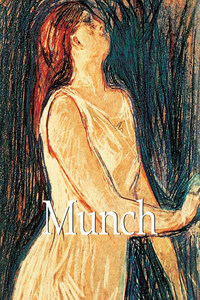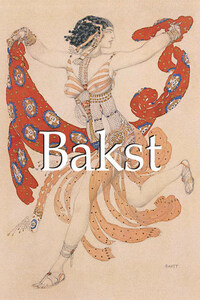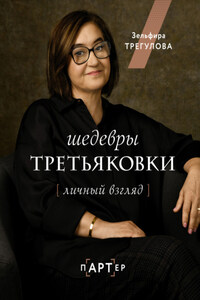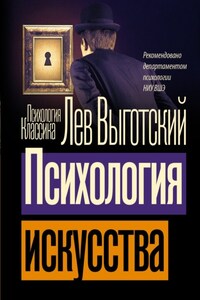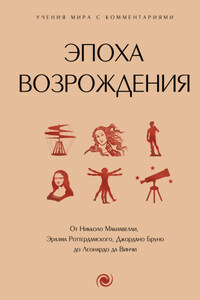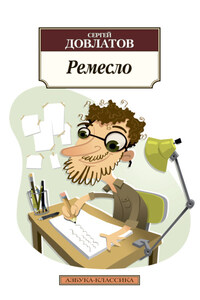Edvard Munch.
Photograph, c. 1902.
1863 12 December: born in Løten, Norway, the second child of Laura (born Bjølstad) and Christian Munch, a doctor. There are to be three more children: Andreas, Laura, and Inger.
1864 The family moves to Christiania (Oslo).
1868 Mother dies of tuberculosis at the age of thirty.
1877 Elder sister Sophie dies of tuberculosis at the age of sixteen.
1879 Attends the Technical College in Christiania to study engineering. Produces his first sketches in May.
1880 Takes up painting in earnest; studies in Christiania under Hans Olaf Heyerdahl and Christian Krohg.
1881 Studies at the Royal School of Art and Design under Julius Middelthun.
1884 Morning (A Servant Girl), bought by Frits Thaulow, is Munch’s first real sale. Thaulow gives him money to enable him to visit Antwerp and study in Paris; though he postpones the visit for a year because of illness. Starts an affair with Emilie Thaulow, the wife of a distant cousin.
1885 First visit to Paris. Returns as ‘the first and only Impressionist of Norway’ (Krohg).
1886 Member of avant-garde group ‘Christiania’s Bohemia’.
1889 First solo exhibition. Gains a state scholarship and returns to Paris in October. Studies with Léon Bonnat. Drawn to Van Gogh, Gauguin, the Neo-Impressionists, and the Symbolists. Begins the compilation of The Frieze of Life. Summer at Åsgårdstrand by the sea. Sees his father for the last time, who dies in November.
1890 Returns to Norway via Antwerp. Ten paintings at Autumn Exhibition, including Spring Day on Karl Johan Street. Goes back to France with a renewed scholarship; falls ill.
1891 Stays in Nice to recover from illness. Returns to Christiania in May.
1892 Returns to Nice for the winter. Exhibits in Christiania and is praised by Krohg. Invited to exhibit at the Association of Berlin Artists; his section closed by the organisers as it is deemed ‘scandalous’. Lives on and off in Germany for sixteen years.
1893 Returns to Norway reinvigorated. Works on The Scream. Exhibits with the Berlin Secession.
1894 Starts to make engravings and etchings. New style in monochrome is sharper and more precise than his painting style.
1895 Returns to Norway.
1896 Back in Paris; makes the acquaintance of the Nabis; exhibits his Frieze of Life paintings at the Salon des Indépendants. Designs sets for Ibsen’s Peer Gynt. The Revue Blanche publishes lithograph of The Scream. Death of brother Andreas.
1898 Meets Tulla Larsen.
1899 Enters a sanatorium in Norway. The National Gallery in Christiania buys two of his pictures.
1902 Exhibits twenty-eight paintings, including the Frieze of Life series, at the Berlin Secession gallery, along with Hodler and Kandinsky. Disastrous end to his relationship with Tulla Larsen.
1903 Meets Eva Mudocci; stays in Lübeck with the Linde family.
1904 Visits several German cities including Weimar.
1905 Retrospective exhibition in Prague. Dissolution of union of Norway and Sweden: political crisis.
1908 Exhibition in Copenhagen. He suffers a nervous breakdown and checks himself into a clinic. Becomes Knight of the Royal Norwegian Order of St Olav.
1909 Recovery and return to Norway. Exhibition at Blomqvist Gallery, Christiania.
1911–1916 Murals for Great Hall, Oslo University.
1912 Sonderbund exhibition, Cologne: over 570 works by 160 artists.
1913 Expressionist exhibition, Berlin; graphic works at Armory Show, New York.
1916 Buys estate at Ekely, in Skøyen, where he lives until his death. Paints rural motifs.
1919 Exhibition of graphic works in New York.
1921–1922 Murals for canteen of Freia Chocolate Factory, Christiania.
1922 Solo exhibition in Zürich, ‘the best I ever had’.
1923 Becomes a member of the German Academy of Arts.
1925 Honorary member of the Bavarian Academy of Fine Arts. Christiania becomes Oslo.
1926 International Exhibition, Dresden. Kunsthalle, Mannheim. Death of sister Laura.
1928 International Exhibition, San Francisco. Exhibits at the Royal Society, London for the first time.
1931–1932 Exhibitions in Edinburgh and Glasgow
1933 Monographs about Munch by Jens Thiis and Paul Gauguin published. Receives French Légion d’Honneur; Grand Cross of Royal Norwegian Order of St Olav.
1935 Exhibition of paintings in New York.
1937 Visits Gothenburg, his last trip abroad.
1940 Norway occupied by the Nazis.
1944 23 January: dies at Ekely. Leaves all his works to the city of Oslo.
1946 Exhibition of the Estate of Munch, Oslo.
* * *
